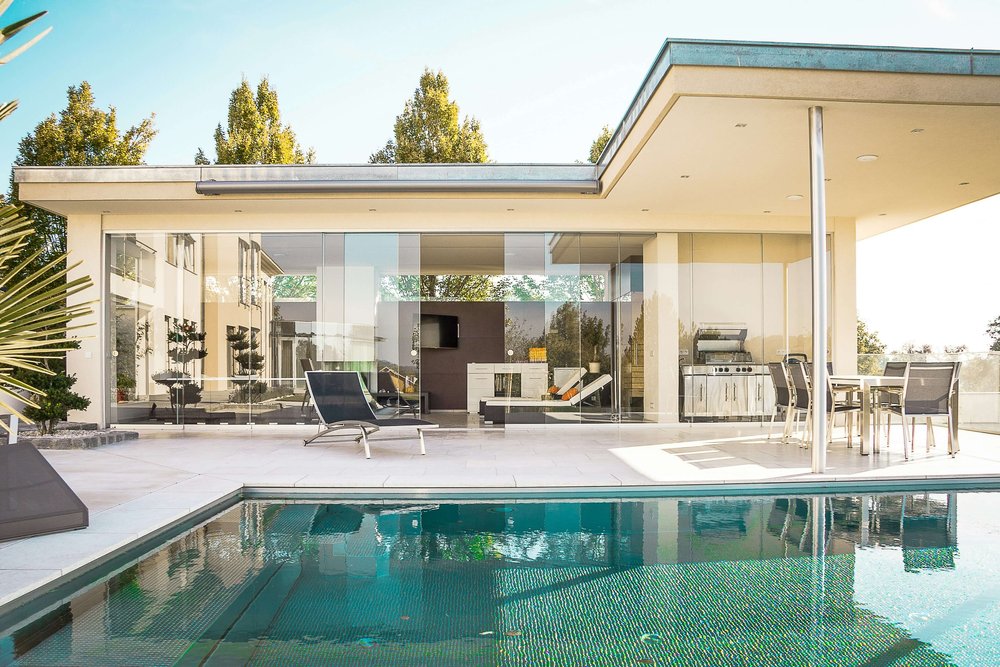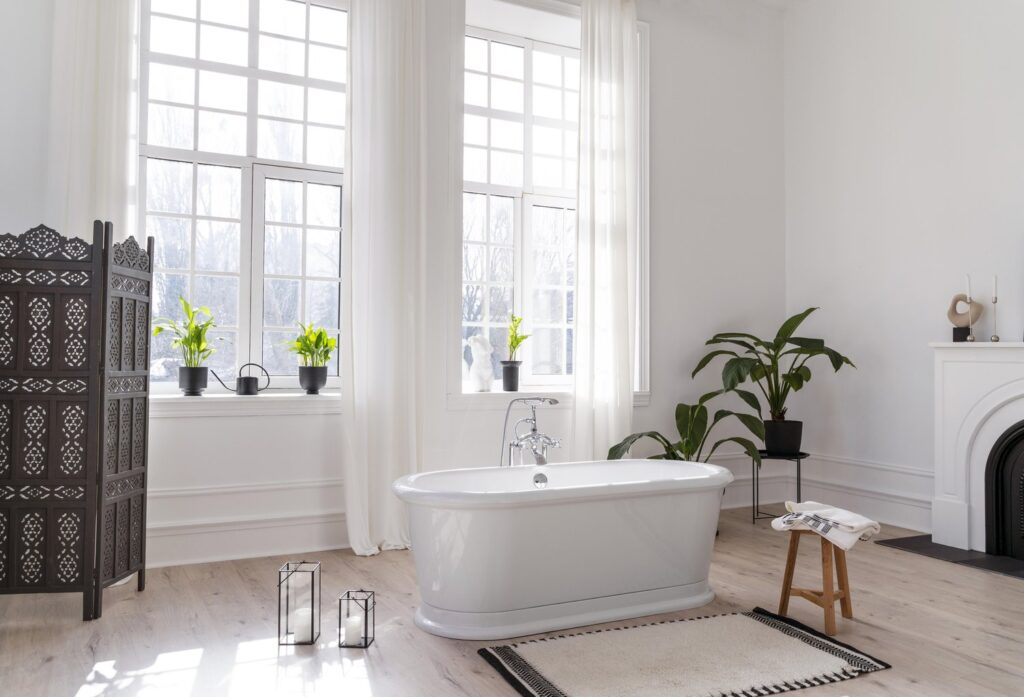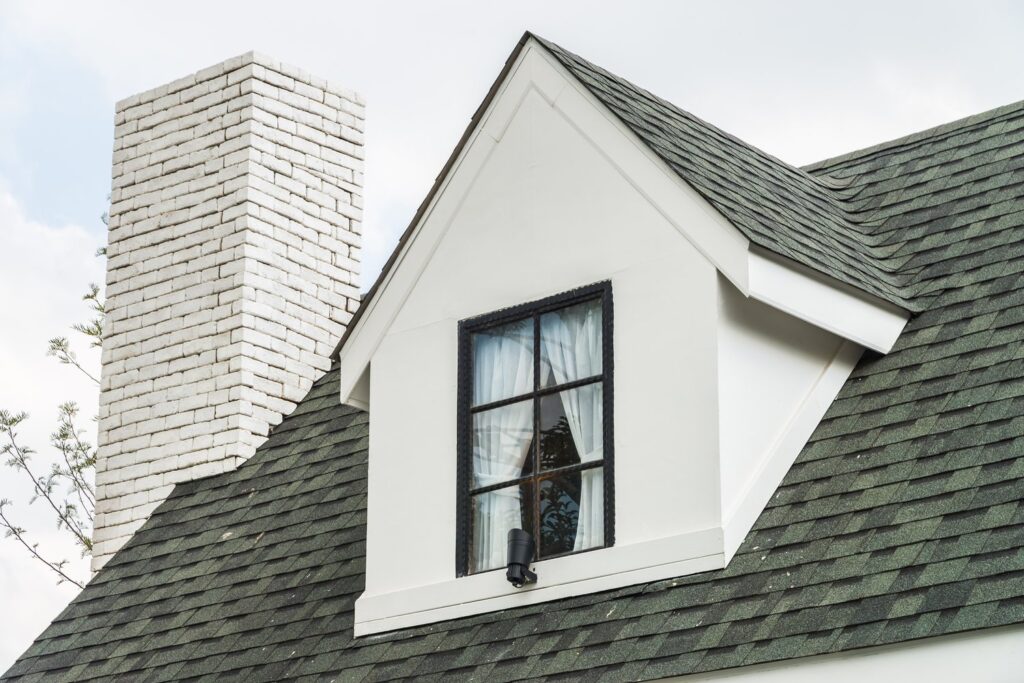- Home
- About
- Services
- New Home Construction
- Kitchen Remodeling
- Bathroom Renovations
- Basement Finishing
- Home Additions
- Deck And Patio Construction
- Roofing Installation And Repair
- Siding Installation
- Window And Door Replacement
- Flooring Installation
- Cabinet Sales And Installation
- Custom Carpentry
- Painting (Interior And Exterior)
- Drywall Installation And Repair
- Electrical Services
- Plumbing Services
- HVAC Installation And Maintenance
- Landscaping And Hardscaping
- Garage Construction And Conversion
- Home Office Design And Construction
- Portfolio




